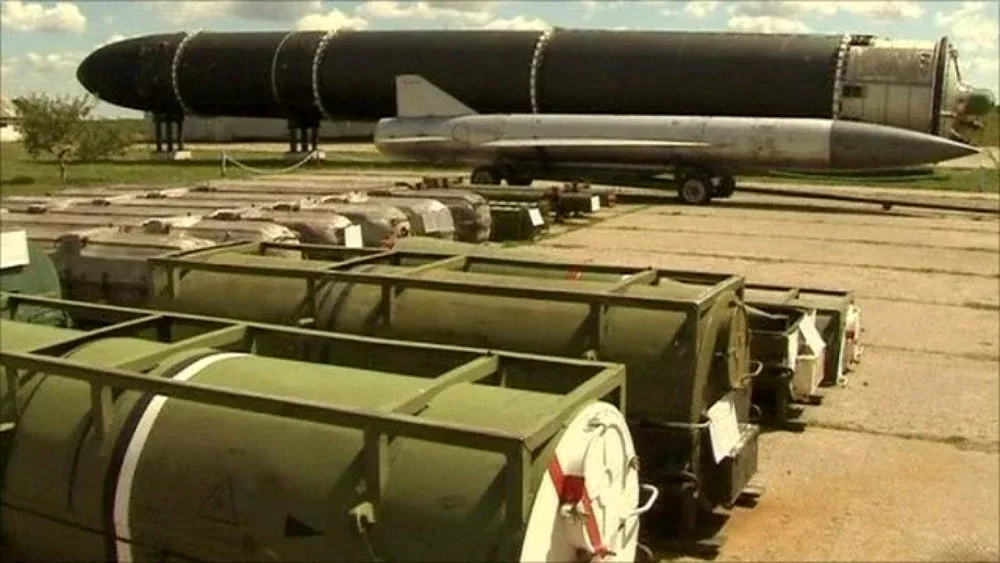Thirty-four years ago, Ukraine made one of the most significant decisions in its modern history: it voluntarily gave up nuclear weapons, even though it held the third largest arsenal in the world, after the United States and Russia. In the early ’90s, this move was seen as a sign of trust in the international order and a step towards peace. Today, after years of Russian aggression, many wonder if the price paid was too high.
How Ukraine became a non-nuclear state
On October 24, 1990, the Supreme Soviet of the Ukrainian Soviet Socialist Republic adopted a resolution on the status of a “non-nuclear” state. The document proclaimed Ukraine’s commitment not to produce, acquire, and deploy nuclear weapons on its territory.
After the collapse of the Soviet Union, Ukraine took control of a vast nuclear arsenal, including over 1,700 strategic warheads and hundreds of intercontinental ballistic missiles. In 1994, by signing the Budapest Memorandum, Kiev agreed to transfer these weapons to Russia for dismantling, in exchange for security guarantees from the United States, the United Kingdom, and the Russian Federation.
These guarantees promised to respect Ukraine’s sovereignty and borders. Russia’s invasion in 2014, followed by large-scale aggression in 2022, however, has called into question the value of these promises.
Could Ukraine recreate a nuclear weapon today?
According to political scientist Ruslan Kliucinik, in the context of the prolonged war and uncertainty about European security, the idea of restoring nuclear potential periodically returns to public discourse.
“Technically, Ukraine has the capacity to revive a nuclear program. It has qualified specialists and a scientific base inherited from the Soviet era”, explains Kliucinik. Research centers in Kharkov, Kiev, and Dnipro continue to operate in related fields – nuclear energy, aerospace engineering, and propulsion technologies.
For example, the Physico-Technical Institute in Kharkov has experience in operating experimental reactors, and the “Pivdenmash” plant could adapt launch technologies for carrier rockets. Kliucinik, however, emphasizes that these capabilities cannot quickly transform into a nuclear arsenal without massive investments and risky political decisions.
Details, HERE

